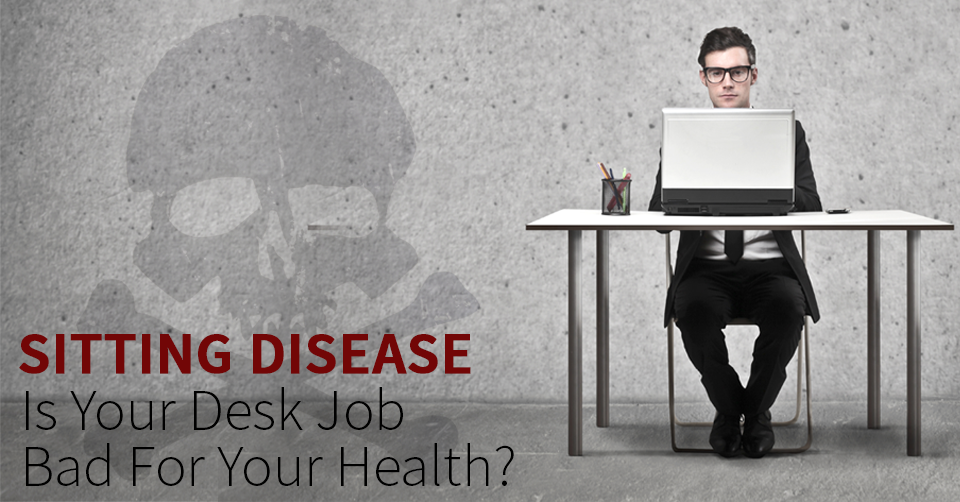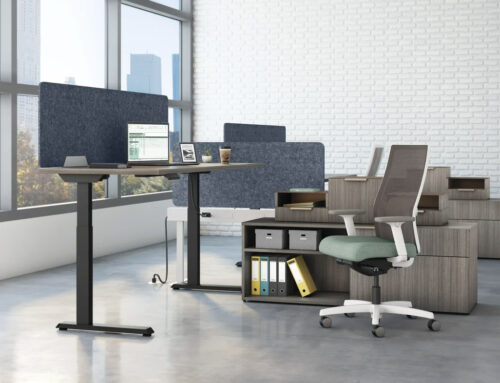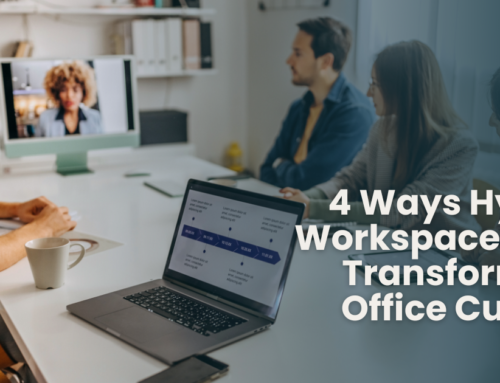Is Your Desk Job Bad For Your Health?
If you are like most Americans, you are likely suffering from a disease you maybe didn’t even know existed. What experts now call “sitting disease”. This disease afflicts many people who work in traditional work environments where many hours are spent seated at a desk or in front of a computer.
How many hours do you spend each day sitting at work? Add on the hours you spend driving, eating meals, using technology, or watching TV. The Mayo Clinic says that 50-70% of Americans spend 6 or more hours every day just sitting down!
Sitting Disease and Your Health
“ A highly sedentary lifestyle can wreak havoc on your system and has serious negative effects on our health,” states Dr. Busch of Busch Chiropractic in Fort Wayne. Sitting for extended periods puts extra stress on your spine and increases your risk for back injuries. In order to stay healthy, our joints, muscles, and other tissues need to move. Over time, reduced activity can not only limit your range of motion and cause back problems but contributes to many health issues and significantly shorten your lifespan.”
These health risks include:
- increased risk of chronic back and neck pain
- a proclivity for herniated discs
- shorter life expectancy
- increased risk for Type 2 diabetes
- increased risk for heart disease and some cancers
Reduce the Risks of Sitting Disease
How can you ward off the dangerous risks of sitting disease? Fortunately, even a moderate increase in physical activity is proven to effectively fight these health risks.
Moving more:
- burns more calories
- reduces body fat
- improves circulation
- strengthens muscles
- increases insulin sensitivity
- improves mood
- reduces load on spine
How to Increase Activity at Work
Here are some tips from Dr. Busch to use at the office (or home, as well) to keep sitting disease and its health risks at bay:
- walk while you are talking on the phone
- set a timer to remind yourself to get up at least once an hour
- use a pedometer or Fitbit to track (and increase) your daily number of steps
- take the stairs, instead of the elevator, up one floor or down two
- every time you cross something off your to-do list, stand up for a stretching break
- don’t sit for one-on-one meetings — have a walking meeting around the block or around the building
- park further away from your office building, the restaurants you go to for lunch, the grocery store, etc.
Sit-to-Stand Desks:
You may also consider a standing-height desk or a “sit-to-stand” adjustable desk. Researchers say that the almost undetectable muscle movement that occurs while standing is as good as, or better, for our bodies than bouts of exercise between long periods of being sedentary. Studies show that people who stand while working move around more and get the important health benefits needed to combat sitting disease.
The positive effects of becoming more active can be profound. According to a Stanford University study, workers who used sit-to-stand desks were 78% more likely to report a pain-free day.
Visit the Workspace Solutions office furniture campus in Fort Wayne to talk to our furniture experts to learn more about healthier ways to work and avoid the dreaded sitting disease!




